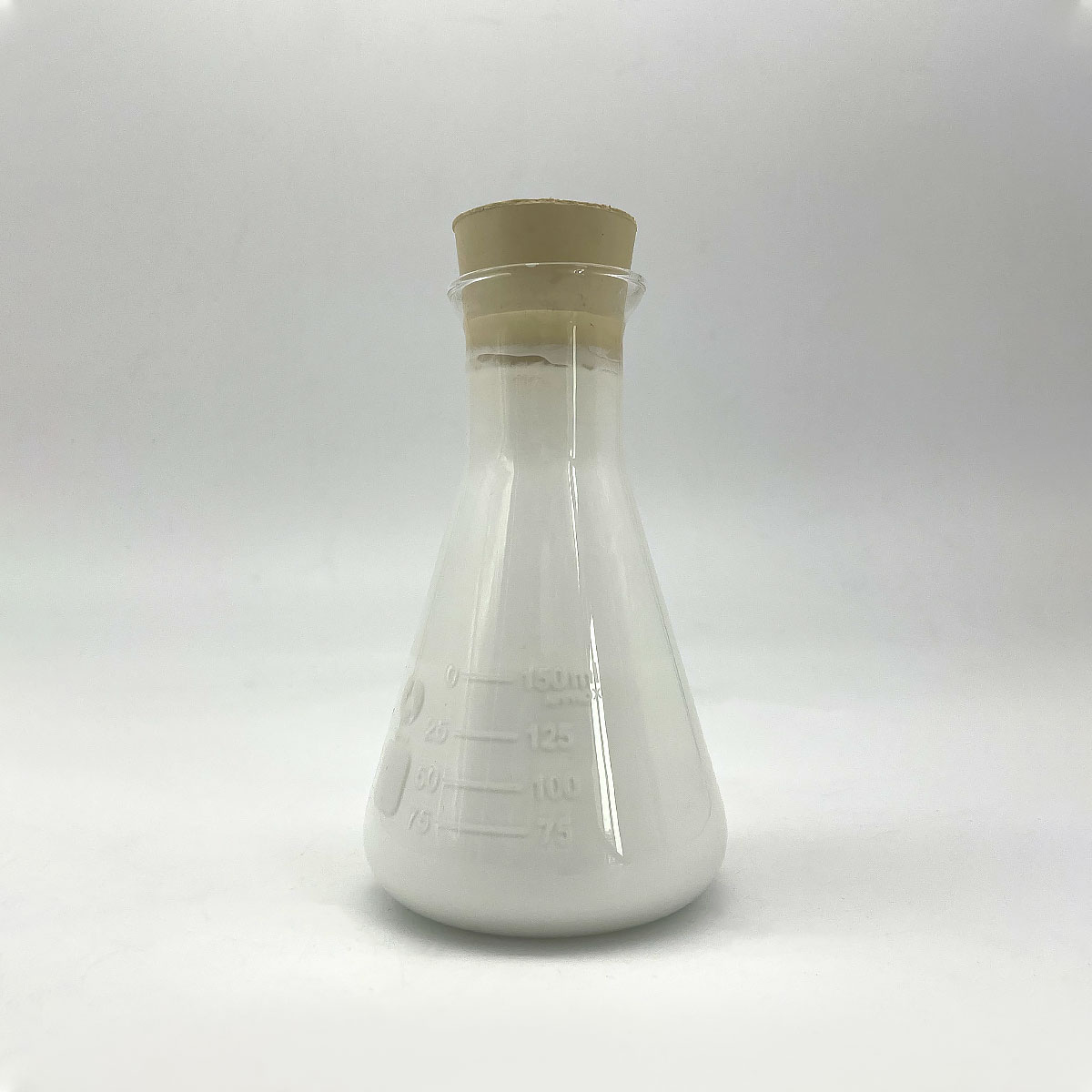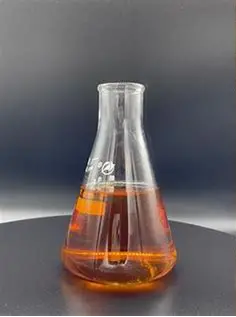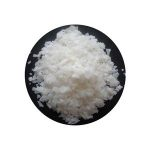1. Introduction
In the past 48 hours, a viral TikTok trend has reignited public concern about sodium lauryl sulfate (SLS) in everyday shampoos and toothpastes, with users sharing DIY swaps using natural surfactants like decyl glucoside and coco glucoside. While SLS—also known as sodium dodecyl sulfate, lauryl sulfate, or natrium lauryl sulfate—is a highly effective anionic surfactant, its potential to cause skin and eye irritation has driven demand for milder alternatives. If you’re formulating your own products or simply want to understand what’s in your bathroom cabinet, this guide shows you how to identify, evaluate, and replace SLS safely and effectively.

2. What Is Sodium Lauryl Sulfate and Why Replace It?
Sodium lauryl sulfate (SLS), often labeled as sls sodium lauryl sulfate or na lauryl sulfate, is a powerful anionic surfactant used for its foaming and cleansing properties. Found in everything from shampoos to laundry detergents, SLS works by lowering surface tension—this is the core meaning of surfactant: a substance that reduces interfacial tension between liquids or between a liquid and solid. However, its strong cleansing action can strip natural oils, leading to dryness or irritation, especially for sensitive skin.
- Common names include: sls sulfate, sodium dodecyl sulfate, ammonium lauryl sulfate (a close relative), and sodium lauryl ether sulfate (often confused with SLS but actually sodium laureth sulfate).
- SLS is not the same as sodium laureth sulfate (SLES), though both are anionic surfactants. SLES is ethoxylated, making it milder but raising separate environmental concerns.
3. Step-by-Step: How to Identify SLS in Your Products
Before replacing SLS, you need to spot it. Check ingredient lists for any of these terms: sodium lauryl sulfate, sodium dodecyl sulfate, sls sodium, lauryl sulfate, or natrium lauryl sulfate. Note that sodium lauryl ether sulphate (or sodium lauryl ether sulfate) refers to SLES, not SLS—but both are sulfates and often grouped together by consumers seeking ‘sulfate-free’ products.

Also watch for related anionic surfactants like sodium dodecylbenzene sulfonate or ammonium dodecyl sulfate, which behave similarly. If you see ‘surfactant for herbicides’ or ‘lawn wetting agent’ on agricultural products, those may contain SLS or lignin sulfonate—but this guide focuses on personal care formulations.
4. Choosing the Right SLS Alternative
Not all surfactants are created equal. The key is matching performance while reducing irritation. Here’s how to pick a substitute based on your needs:
- For gentle cleansing: Use amphoteric surfactants like cocamidopropyl betaine (also called coco betaine, amidopropyl betaine, or coco amido propyl betaine). These work well with anionic surfactants and boost foam without harshness.
- For sulfate-free foaming: Try non-ionic surfactants like decyl glucoside, coco glucoside, or alkyl polyglucoside. These are bio surfactants derived from coconut and glucose, making them eco-friendly and mild.
- For rich lather in solid bars: Sodium cocoyl isethionate, sodium coco sulfate (sometimes labeled coco sodium sulfate), or sodium lauroyl sarcosinate (a sarcosinate-based surfactant) offer excellent foam with low irritation.

Avoid confusing terms: Sodium laureth, laureth sulphate, sulphate laureth sulfate, and sls sodium laureth sulfate all refer to SLES—not SLS—but many consumers avoid both. Also, cationic surfactants like cetyl trimethyl ammonium bromide (CTAB) or cetyltrimethylammonium bromide are used for conditioning, not cleansing, so they’re not direct replacements.
5. How to Formulate Without SLS: A Practical Recipe
Let’s say you’re making a gentle shampoo. Start with a base of 70% distilled water. Then add:
- 15% decyl glucoside (a nonionic surfactant and excellent bio surfactant)
- 10% cocamidopropyl betaine (an amphoteric surfactant that stabilizes foam)
- 3% glycerin (humectant)
- 1% preservative (like Geogard)
- Optional: 1% polysorbate 80 or Span80 (nonionic surfactants that help solubilize oils)
Mix gently at room temperature. Avoid high heat, which can degrade sensitive surfactants like alkyl polyglucoside. Never combine anionic and cationic surfactants directly—they can neutralize each other. That’s why understanding anionic cationic interactions matters.
For herbicide or weed killer applications (where surfactant for weed killer is needed), methylated seed oil or nonionic surfactant blends like ethoxylated alcohol are preferred over SLS due to better leaf adhesion. But again, this guide emphasizes personal care.
6. Where to Buy Safe Alternatives
If you’re sourcing ingredients, look for reputable suppliers like Rohit Surfactants Private Limited, which offers sodium lauryl sulfate for sale alongside gentler options like sodium cocoyl glutamate or sodium lauroyl methyl isethionate. Always request certificates of analysis to confirm purity—especially if avoiding contaminants like 1,4-dioxane (a byproduct of ethoxylated surfactants like sodium laureth sulfate).
Avoid obscure chemicals like copper 1 bromide or fluoro surfactant unless you’re in industrial R&D—they’re not relevant for home formulators.
7. Common Mistakes to Avoid
- Assuming ‘sulfate-free’ means irritation-free: Some non-sulfate anionic surfactants can still be harsh.
- Overusing cocamidopropyl: While generally safe, impurities in low-grade cocamido can cause allergies.
- Ignoring pH: SLS works at low pH, but alternatives like alkyl polyglucoside perform best near neutral pH (5.5–7).
- Confusing sodium lauryl sulfate with sodium deoxycholate or sodium oleate—these are bile salts and soaps, not typical surfactants for foaming products.
8. Conclusion
Replacing sodium lauryl sulfate doesn’t mean sacrificing performance. With the right blend of amphoteric, non-ionic surfactant, and mild anionic options like sodium coco sulfate or lauroyl sarcosinate, you can create effective, skin-friendly formulations. Whether you’re avoiding SLS for health, environmental, or ethical reasons, this step-by-step approach ensures you make informed, safe choices—without falling for marketing hype.
Our Website founded on October 17, 2012, is a high-tech enterprise committed to the research and development, production, processing, sales and technical services of ceramic relative materials such as How. Our products includes but not limited to Boron Carbide Ceramic Products, Boron Nitride Ceramic Products, Silicon Carbide Ceramic Products, Silicon Nitride Ceramic Products, Zirconium Dioxide Ceramic Products, etc. If you are interested, please feel free to contact us.


